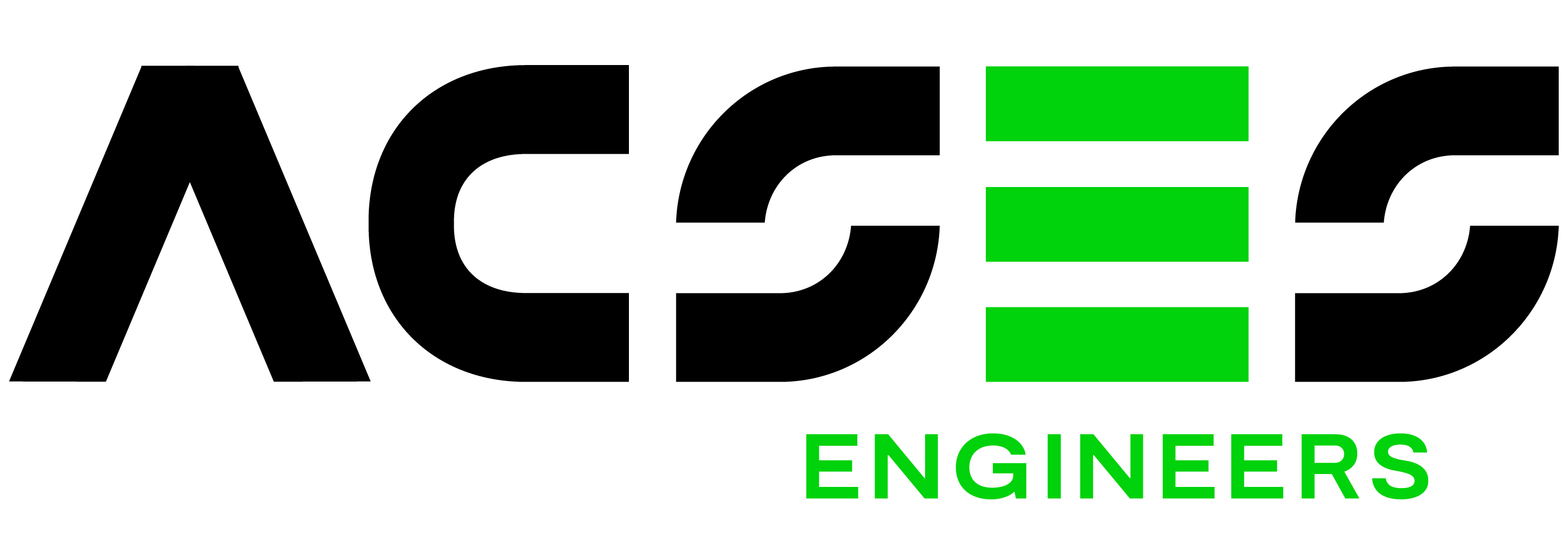These gadgets are helping solve the world’s plastic problem.
Archives for Innovation & Tech
What is smart city?
These modern cities, capable of implementing infrastructures (of water, electricity, gases, transport, etc.) communicating and sustainable to improve citizens’ comfort while developing in the environmental protection.
Space technology to predict droughts several months in advance
Scientists from ANU have used new space technology to predict droughts and increased bushfire risk up to five months in advance.
ANU researcher Siyuan Tian said the team knew they needed to move into space to get closer to understanding the complex nature of drought.
They used data from multiple satellites to measure water below the Earth’s surface with unprecedented precision, and were able to relate this to drought impacts on the vegetation several months later.
“The way these satellites measure the presence of water on Earth is mind boggling,” said Ms Tian from the ANU Research School of Earth Sciences.
“We’ve been able to use them to detect variations in water availability that affect the growth and condition of grazing land, dryland crops and forests, and that can lead to increased fire risk and farming problems several months down the track.”
The drought forecasts will be combined with the latest satellite maps of vegetation flammability from the Australian Flammability Monitoring System at ANU to predict how the risk of uncontrollable bushfires will change over the coming months.
Seabin: Rubbish bin for the ocean
More than 13 million tonnes of plastic enter Australia’s waterways every year, and some experts believe by 2050 there will be more plastic pieces in the world’s oceans than fish. Meet Seabin, a device designed to collect plastic waste floating in coastal areas before it gets to open water and breaks down into harmful microplastics.
Earthquake-resistant concrete
A new seismic-resistant, fibre-reinforced concrete developed at the University of British Columbia will see its first real-life application this fall as part of the seismic retrofit of a Vancouver elementary school.
The material is engineered at the molecular scale to be strong, malleable, and ductile, similar to steel—capable of dramatically enhancing the earthquake resistance of a seismically vulnerable structure when applied as a thin coating on the surfaces.
Researchers subjected the material, called eco-friendly ductile cementitious composite (EDCC), to earthquake simulation tests using intensities as high as the magnitude 9.0–9.1 earthquake that struck Tohoku, Japan in 2011.
Green Bus Rapid Transit
With funding from the international Green Climate Fund, Karachi will launch a zero-emission Green Bus Rapid Transit (BRT) network, with 200 buses fuelled by bio-methane.
The cheap, clean bus network will cater for 320,000 passengers daily, and will reduce planet-warming emissions by 2.6 million tonnes of carbon dioxide equivalent over 30 years, according to project documents.
The Green Climate Fund, set up under U.N. climate talks to provide finance to developing countries to help them grow cleanly and adapt to a warming climate, will provide $49 million for the Karachi project out of a total cost of $583.5 million.
What is a Smart City?
CNBC’s Uptin Saiidi looks at three cities infusing technology into every part of its operations.
Linear friction welding
Linear Friction Welding
Linear friction welding is a process that uses heat from friction to weld things. It can join materials extremely fast. It can take as little as a second to complete.
Why else it this method used?
- In addition to speed, there are a few other benefits. Very little prep is needed. Surfaces do not need to be thoroughly treated beforehand.
- The method produces no harmful fumes. Unlike traditional welding methods
How friction welding is done?
The materials are placed inside the welding machine. They’re then tightly pushed together. One material moves quickly against the other. This creates a lot of friction. The resulting heat joins the parts together. It’s the preferred method for assembly of turbine engines. But it is also used to build cars, ships and trains.
Connected Vehicle: The Future of Transportation
What is a connected vehicle?
In general, the term ‘Connected Vehicle’ is used to broadly identify any ‘smart vehicle’ with:
- wireless connectivity to the Internet
- local network or the Cloud
- other vehicles
- personal communication devices
- roadside infrastructure
- control centres for real-time communication or exchange of data.
Benefits of Connected Vehicles
- reduce the number of fatalities
and serious casualties caused by
road crashes - reduce the costs associated with
road trauma - reduce traffic congestion
- improve productivity in road
infrastructure use - reduce the environmental impacts
of road transport, through less
emissions and fuel use
Source: https://www.mainroads.wa.gov.au
Could seaweed be the solution to our growing plastic problem?
David Christian, founder of Evoware certainly thinks so. Evoware is a socially responsible enterprise that elevates an environmentally friendly lifestyle and provides innovative value to urban society. Their mission is to create innovative solutions from seaweed to solve plastic waste issue, while increasing the livelihood of Indonesia’s seaweed farmers.
Why they do what they do
Environmental Issues
- Indonesia is the world’s second biggest plastic waste contributor to the ocean
- 90% of plastic waste go into the ocean; 70% of that waste comes from food and beverage packaging
- There will be more plastic than fish in the sea by 2050
- 25% of fish in Indonesian market are contaminated by plastic
Seaweed Farmer Issues
- A large volume of seaweed production is not used/oversupply
- Most seaweed farmers are poor due to a long marketing chain and loan sharks
- 5 of the 6 poorest provinces in Indonesia are actually producing seaweed
